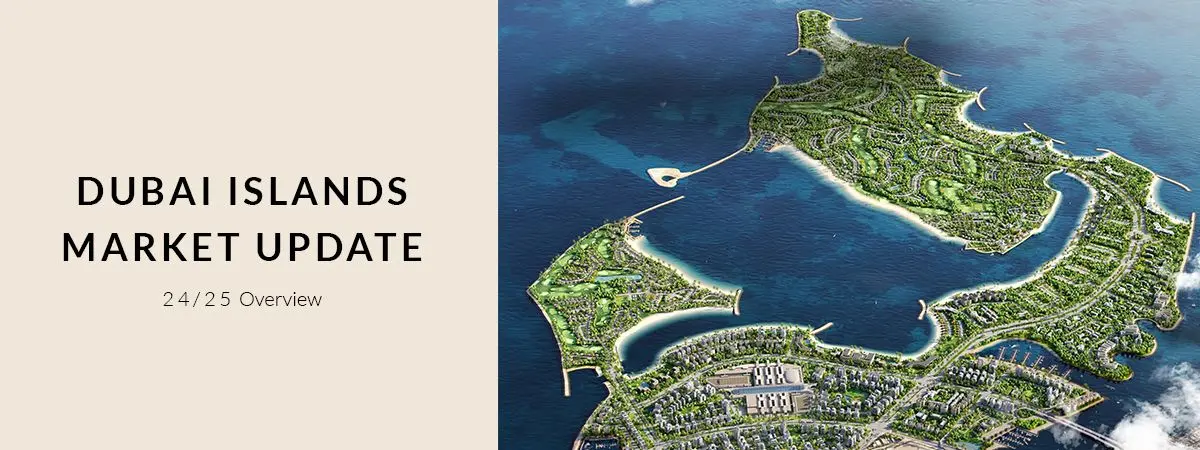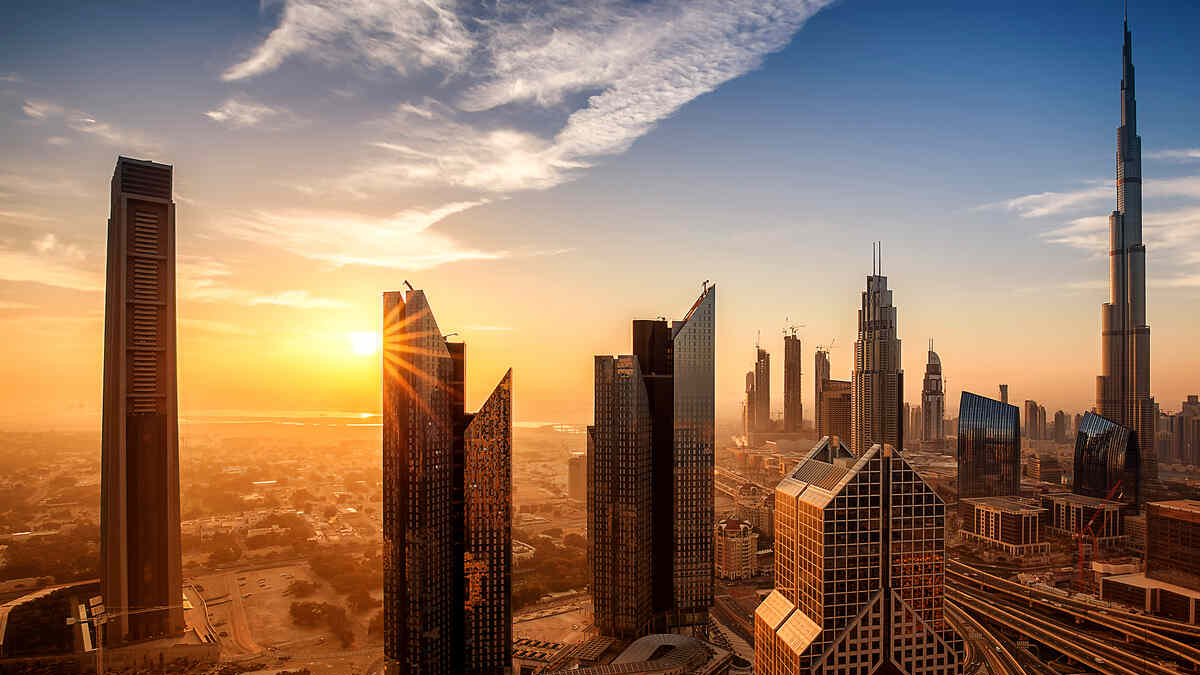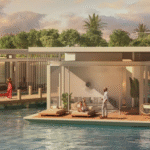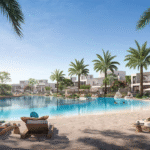Now Reading: Hidden Dubai: Nature Paradise Where Thousands of Birds Flock 2025
-
01
Hidden Dubai: Nature Paradise Where Thousands of Birds Flock 2025
Hidden Dubai: Nature Paradise Where Thousands of Birds Flock 2025
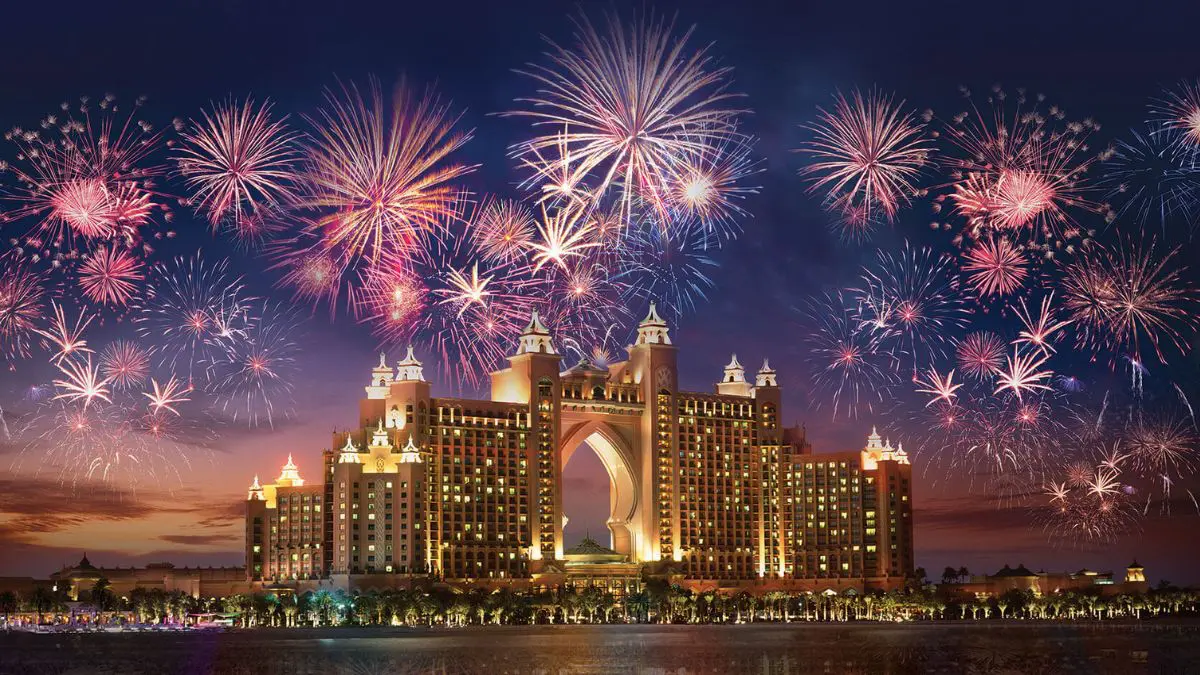
Table of Contents
Dubai is famous for its glamorous skyscrapers, luxury shopping, and futuristic innovations. But in the middle of all this, there is a quiet, green haven that many visitors miss. Ras Al Khor Wetlands is a natural sanctuary that gives you a rare chance to see wildlife and nature right in the heart of Dubai.
Located just a few kilometers from downtown Dubai, Ras Al Khor Wetlands is a protected area that covers around 6.2 square kilometers. Its name, Ras Al Khor, means “Cape of the Creek” in Arabic, and it sits at the mouth of Dubai Creek. This place is a miracle of biodiversity, with mudflats, lagoons, sabkhas (salt flats), and mangroves all working together to support countless birds, fish, crustaceans, and plants.
A Paradise for Bird Lovers
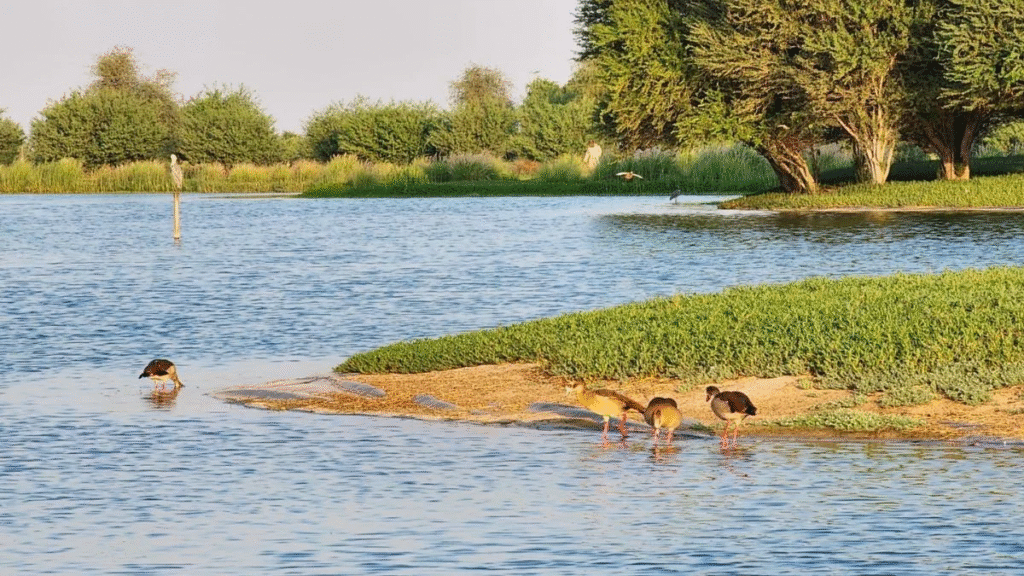
One of the biggest attractions at Ras Al Khor Wetlands is its birds, especially the stunning pink flamingos that flock here every winter. Seeing these graceful birds wading through the shallow waters is an unforgettable sight, making it a popular spot for birdwatchers and photographers.
Experts say there are more than 450 species of wildlife here, with nearly 180 bird species recorded. Apart from flamingos, you can spot grey herons, great egrets, black-winged stilts, sandpipers, osprey, and even kingfishers. The Dubai Municipality has built three bird hides in the wetlands, where visitors can quietly watch these birds without disturbing them. Entry is free, making it a wonderful educational trip for families and nature lovers.
Why Is Ras Al Khor Important?
The wetlands are vital for the environment. They act as a safe stopover for migratory birds on the East African–West Asian Flyway, one of the world’s major migration routes. Every year, thousands of birds depend on these wetlands to rest and feed during their long journeys.
Apart from helping birds, Ras Al Khor Wetlands also protect Dubai’s natural coastline. The mangroves and mudflats stop coastal erosion, filter water, and support fish breeding, which helps maintain marine life in the Arabian Gulf. These wetlands also capture carbon dioxide, helping in the fight against climate change.
Dubai has worked hard to protect Ras Al Khor Wetlands by restricting access, banning hunting, and investing in conservation. As Dubai continues to grow, protecting green areas like Ras Al Khor is more important than ever to maintain the balance between nature and urban life.
Visitor Facilities and Experiences
Visiting Ras Al Khor Wetlands is easy. The Dubai Municipality manages three bird hides — Mangrove Hide, Flamingo Hide, and Lagoon Hide — where you can enjoy incredible views. These hides are equipped with binoculars, information boards, and shaded seating to make your visit comfortable.
The best time to visit is between November and March, when migratory birds, including large flocks of flamingos, arrive. Entry is free, but visitors should respect the rules, such as staying quiet, not feeding animals, and not littering.
For families, this is a great chance to teach kids about wildlife, the importance of wetlands, and how humans and nature can live side by side.
Conservation Success Story
The Ras Al Khor Wetlands are a testament to Dubai’s vision of sustainable development. It shows that even in a modern, bustling city, nature can still thrive if given a chance.
Since it was declared a protected area in 1998, Ras Al Khor has seen strong efforts to restore and maintain its ecosystem. In 2007, it was listed under the Ramsar Convention, an international treaty for the conservation of wetlands. This status helps protect the site from development and ensures its long-term sustainability.
The Dubai Municipality, along with environmental groups and researchers, continues to monitor the area, control pollution, and encourage the growth of native plants. There are also plans to build educational centers and walking trails to help more people experience this hidden gem without harming its fragile environment.
How to Reach Ras Al Khor Wetlands
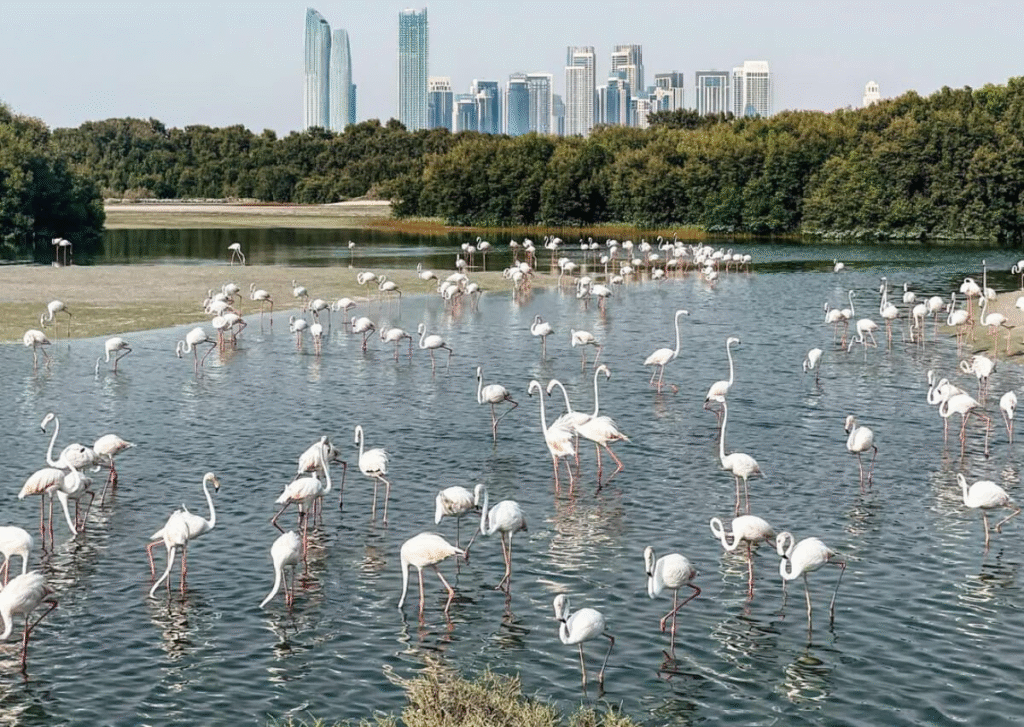
Ras Al Khor Wetlands is located about 10–15 minutes by car from Downtown Dubai. You can drive there easily, and there is free parking near the bird hides. Public buses also serve the area, but having your own car or a taxi makes visiting easier.
Opening hours for the bird hides are usually from 7:30 AM to 5:30 PM, but timings may change in summer, so it’s best to check with Dubai Municipality’s official website before going.
Future of Ras Al Khor Wetlands
Looking forward, the future of Ras Al Khor Wetlands seems promising. Dubai plans to further improve visitor facilities, develop more awareness programs, and expand research activities to support its biodiversity.
As more tourists and residents discover Ras Al Khor, it is crucial to balance conservation with tourism. Authorities are working hard to educate the public about protecting this delicate environment.
By visiting responsibly, people can help support this sanctuary and ensure it continues to be a haven for wildlife for years to come. Ras Al Khor is more than just a wetland; it is a symbol of how nature and modern cities can exist together if cared for properly.
So next time you think of Dubai, don’t just imagine tall towers and luxury malls — remember that a beautiful world of pink flamingos, peaceful mangroves, and shimmering waters is waiting for you at Ras Al Khor Wetlands.
Read More:- Deyaar’s Latest Announcement Shakes Up the UAE Property Market



